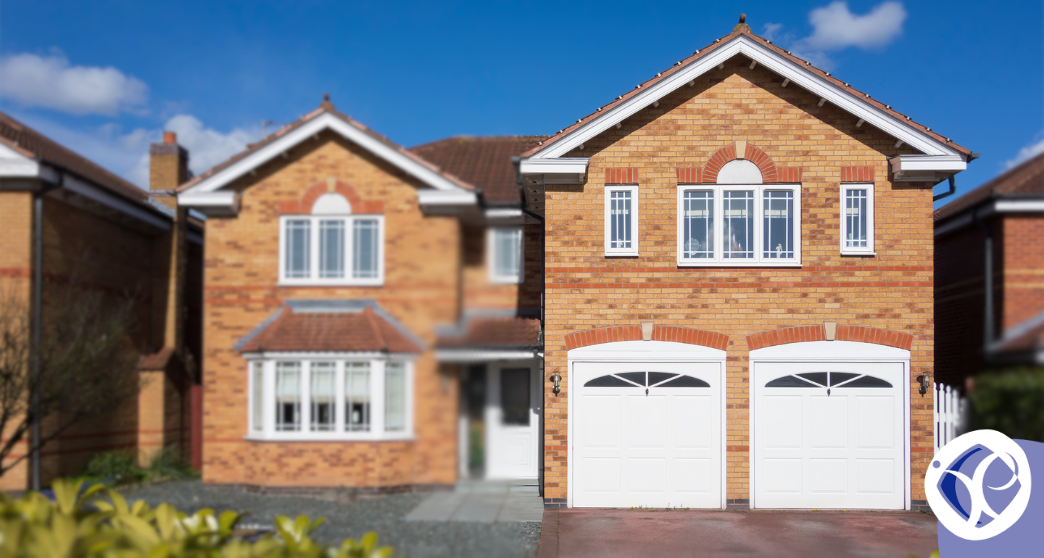The definition of a dwelling for Stamp Duty Land Tax (SDLT) purposes is often a ground for challenging and fascinating legal debates, such as the room over garage case.
Our exploration of Multiple Dwelling Relief (MDR) continues with a look at the case of Jonathan Ralph v HMRC [2023] TC08969.
This case, revolving around the classification of “room over garage” as a separate dwelling, offers valuable insights into the complexities of SDLT and MDR.

(Read Time: Approx. 3 minutes)
Topics Discussed:
• Criteria for classifying a property as a dwelling for SDLT and MDR purposes.
• Analysis of the First Tier Tribunal’s (FTT) findings in the “Rooms over Garage” case.
Tax Savings Explored
The essence of SDLT and MDR lies in accurately identifying what constitutes a dwelling at the time of property completion.
The law requires that for a building to be considered a dwelling for SDLT purposes, it must be suitable for use as a dwelling at completion or be in the process of adaptation for such use.
This legal framework was put to the test in a property purchase valued at £3,300,000, where the claimant sought MDR to mitigate SDLT liabilities.
Tribunal’s Findings
The focal point of the tribunal’s examination was a detached three-bay garage with rooms above, subsequently referred to as “the Annexe.”
This Annexe became the centre of contention between the property buyer and HMRC over its eligibility as a dwelling.
The FTT’s scrutiny unveiled several critical observations:
- Comprehensive Amenities: The Annexe was equipped with central heating, fibre broadband, mains electricity, gas, and water, alongside a dedicated zone in the house’s alarm system, suggesting a level of residential utility.
- Lack of Independent Utilities: Despite the amenities, the Annexe did not feature separate utility meters nor was it registered separately for Council Tax, challenging its standalone dwelling status.
- Basic Kitchen Facilities: The kitchen area included a microwave, kettle, toaster, fridge, and basic dining furniture but lacked the infrastructure for more permanent cooking facilities, such as a cooker or oven.
- Dual-Use Space: The main living area doubled as a fitness space, fitted with gym equipment, and leisure furniture like a TV and sofa, indicating multipurpose use rather than exclusive residential occupancy.
- Sanitary Facilities: A fully equipped bathroom was present, adding to the argument for residential suitability, yet not conclusive on its own.
- Electrical Limitations: A significant drawback was the absence of high-voltage electrical connections necessary for installing a full kitchen setup, crucial for a dwelling’s classification.
- Prior Usage: Historical use of the space as a gym by the seller’s son and for storage by the appellant before completion further muddied the waters regarding its immediate suitability as a dwelling.
These findings led to the tribunal’s conclusion that the Annexe did not meet the criteria for a dwelling either before or at the time of completion, effectively nullifying the MDR claim.
Implications and Insights
The tribunal’s decision underscores the importance of a clear-cut and thoroughly documented case when claiming SDLT reliefs.
It highlights the need for prospective claimants to meticulously assess and substantiate their claims against the strict criteria set out for dwellings under SDLT and MDR regulations.
To Summarise
The “Room over Garage” case sheds light on the interpretation of what constitutes a dwelling for SDLT purposes.
It serves as an important reminder for property buyers and tax professionals of the critical need for detailed documentation and a robust understanding of SDLT legislation.
The value of expert guidance and careful planning cannot be overstated in ensuring compliance and optimising tax relief claims.
Contact us today to see how we can help you manage your claims on MDR.
Contact us today at 01772 788200 to find out more about how we can help, or WhatsApp us out-of-hours at 07787 010190.
Sending an e-mail is simple too, just fill out this short form and we’ll get back to you!
Kind regards,
Ilyas Patel
